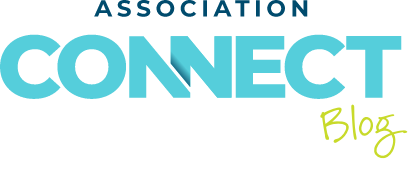7 Media Kit Essentials

Media kits help ad buyers make informed decisions, and they are invaluable to media sales teams as they work to generate interest in publications, digital platforms, events, and more. A media kit is not simply an information package but also a tool to bridge the gap between you and your ideal partners. Therefore, it’s important to create a professional kit that showcases what you can offer advertisers.
So, what are media kit essentials? Let’s take a look at 7.
1. Mission Statement
It might be impossible to explain what your publication is about in one sentence, but you can likely highlight the most enticing facts about your publication and readership in a concise paragraph. Use statistics to underscore the lucrative nature of your readership and how your publication helps advertisers capitalize on your niche market.
2. Readership and Traffic Statistics
Before committing to a purchase, advertisers like to gain a feel for the return on their investment. Including information about average readers per publication copy, average time spent reading the publication, readers who read both articles and ads, readers who report taking action as a result of reading the publication, and readers who prefer the print over the digital version will allow advertisers to understand the reach your publication, online companion, and other digital offerings provide. For digital offerings, you can include a list of basic figures such as monthly page views, unique visitors per month, the number of email subscribers, Alexa rank, Google page rank, and social media following.
3. Demographics
Demographic data has revolutionized advertising because it provides insight into who customers are. Most advertisers would agree that knowing your target audience and being able to reach them are critical to success. Therefore, it’s valuable to be transparent about the anatomy of your audience since there are advertisers who want to reach these people. Reader and visitor demographics include:
- Gender
- Age
- Median household income
- Level of education
- Relationship status
- Percentage of parents
- Community involvement
- Voter registration status
4. Awards, Accolades, or Press
This part of your media kit provides an opportunity to showcase the credibility and accomplishments of your publication, website, podcasts, events, etc. Doing so in a unique and visually engaging way will create a lasting impact and encourage advertisers to align their brand with your prestige.
5. Product Offerings
Be sure to include information about the various products your association offers. These can include print, web, mobile, and event offerings, just to name a few.
6. Ad Specifications and Deadlines
Ad specifications describe how ads should be formatted. Some of the components included in the ad specifications sections are:
- Standard guidelines
- Ad dimensions
- Formatting guidelines (media types or scripts)
Some media kits even include a direct link to uploading art for current advertisers. Additionally, including a publishing schedule or editorial calendar streamlines the media buying process.
7. Contact Information
A common location for contact information in media kits is usually at the end of a PDF or webpage, but that’s not to say you couldn’t strategically place it throughout your media kit near different calls to action. In any case, your media kit should generate excitement from communicating all the perks of your products, so be sure interested advertisers can easily reach you when they’re ready to buy ad space.
In Conclusion
Media kits serve several promotional benefits including brand awareness, partnerships, growth opportunities, and the launch of new products or services. But perhaps their biggest purpose is to bring in loyal new customers.
Ready to extend the reach of your non-dues revenue by shifting your visual presence into high gear? Contact us today to see how our talented sales executives, designers, and copywriters can turn your media kit into an unforgettable promotional tool.
Have an idea for an article? Let us know!
Receive the Association Connect newsletter
A proud company of The YGS Group | HQ: 3650 W. Market St., York, PA 17404
- Privacy
- YGS Association Solutions © 2025

